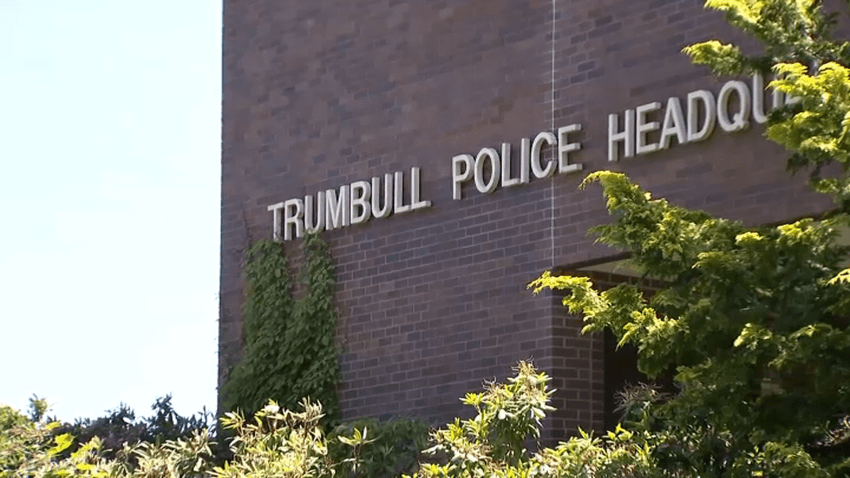

The Latest
-

Will Celtics close out series vs. Magic in Game 5? Here's what history says
How likely are the Celtics to eliminate the Magic in Game 5? Here’s what NBA history suggests.
-

Another Wahlburgers location in Massachusetts has closed
[This story first appeared on Boston Restaurant Talk.] Another location of a chain of burger spots with local roots has shut down. According to a Facebook post from the place, Wahlburgers at MarketStreet Lynnfield is no longer in business, having closed on April 27. This is the second location in the Greater Boston area to shutter over the past yea... -

The Athletic's Bruce Feldman LOVES these three Patriots draft picks
The Athletic’s Bruce Feldman explains why he’s a big fan of the Patriots’ 2025 NFL Draft class, with a focus on three players in particular.
-

Watch live: Key Karen Read witness Jennifer McCabe testifies
Tuesday is expected to be a big day of testimony in the Karen Read trial, with key prosecution witness Jennifer McCabe possibly taking the stand.
-

Reports of smoke along Red Line in Cambridge lead to delays
There are reports of smoke along the Red Line between Harvard and Porter, according to the MBTA.
-

Cross examination of cellphone expert witness in Read trial to continue Tuesday
A full day of testimony is expected to get underway Tuesday morning in Karen Read’s second murder trial.
-

Sheryl Sandberg says sponsoring the USS Massachusetts ‘a true honor'
Sheryl Sandberg says sponsoring the USS Massachusetts ‘a true honor’
-

‘Tragic situation': Family mourns child hit and killed by school bus in Hyde Park
A community in Hyde Park is in mourning Tuesday after a young boy was killed in a deadly crash while walking home from school on Monday.
-

Tuesday will feel like summer — but here's when rain will move in
If you liked Monday’s weather, you’re going to LOVE Tuesday’s forecast. In fact, it’ll be the warmest day of the week!
-

‘100 days of destruction': Walz talks Trump administration, Democrats' future
Speaking at Harvard Kennedy School, Tim Walz criticized President Donald Trump and gave his thoughts on why the Democrats lost the White House
-

Report: Growing Latino population has outsized impact on Mass. economy
Report: Growing Latino population has outsized impact on Mass. economy









